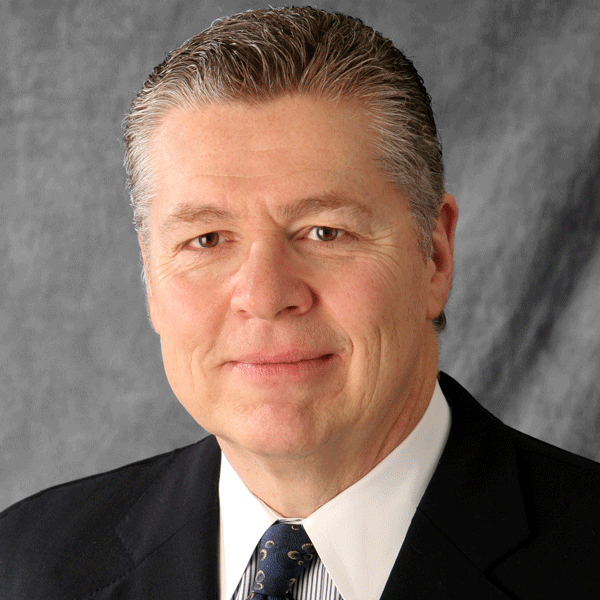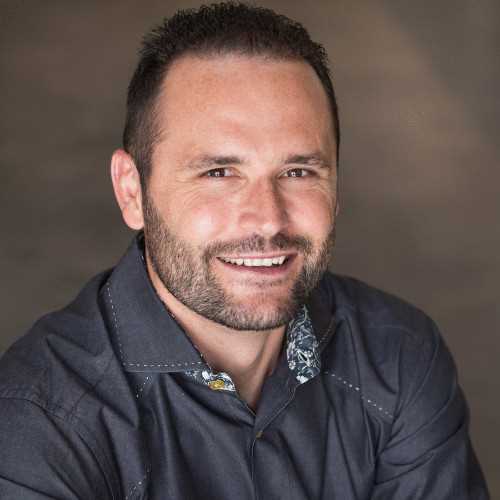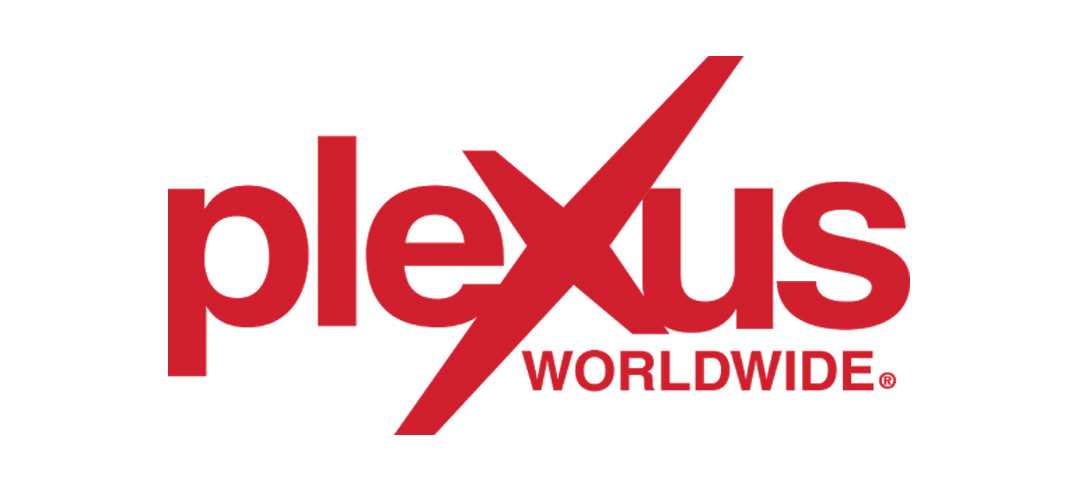Dr. Berkowitz took what can be a complex (and even scary) topic and captured audience attention in a digestible way. The takeaways from his presentation are great and we would love to have him join our organization at future conferences. The bonus was that Dr. Berkowitz is a joy to work with.
American Society for Healthcare Human Resources Administration (ASHHRA) Helpful 0Steve Berkowitz
- Former Chief Physician Executive of three large system
- Expert in Health Care Consulting, Artificial Intelligence, Strategic Planning, Physician Enterprise, Quality Management, Provider Resilience, Trustee Education
Travels From
Arizona
Steve Berkowitz Speaker Biography
Dr. Steven Berkowitz has over 30 years of experience in healthcare management and consulting.
Currently, he is the Founder and President of SMB Health Consulting specializing in clinical/ operational performance improvement and COVID preparedness for health care systems, and strategic leadership development for administrators, physicians and Trustees, with over 200 clients in all 50 states. He specializes in keynote presentations, strategic planning sessions, and Board retreats, now both in person and virtual.
Previously, he was the Chief Physician Executive for Northern Light Health in Bangor, Maine. Responsibilities included being a member of the senior management team, supervising the 12 senior physician executives of the hospitals, overall system quality, and President of the 1,200-member statewide Medical Group.
For 12 years he was the Division Chief Medical Officer of St. David’s Healthcare, a six-hospital system in Austin, Texas. In 2008, St. David’s won the Texas Award for Performance Excellence, and in 2014 was awarded the Malcolm Baldrige Award. In February of 2014, Dr. Berkowitz was appointed by Texas Governor Rick Perry to serve as Chairman of the Board of the Texas Institute for Healthcare Quality and Efficiency.
He has served on the Board of the Society of Cardiovascular Patient Care, the Texas Hospital Association, Texas Association for Healthcare Quality, and the Texas Healthcare Information Council.
Dr. Berkowitz is a prominent national speaker and writer in the healthcare arena and has developed a CMO One-on-One Advisory Program implementing an innovative didactic, hands-on program to improve clinical and operational results.
Artificial Intelligence in Health Care
What health care leaders need to know…. NOW!
Hardly a day goes by when there is not a story in the news about artificial intelligence and its impact on society. New advances in technology and applications-- both exciting and scary—seem to be occurring exponentially. There is now evidence that AI can learn on its own and that it can “make things up” or even hallucinate. GPT is enabling technology that is increasingly like a human. Computer-brain interfaces can physically connect the mind to the computer.
How does the health care executive stay on top of the science and make knowledgeable decisions? Or do we just let AI take over the world? Might your new doctor be an AI hologram? Dr. Berkowitz will review the basic models and concepts of AI such as processing speed, machine learning and networks, with particular emphasis on their applications in healthcare. He will discuss special interest topics such as GPT, brain-computer interfaces, emergent properties, and the concept of singularity. He will discuss the present and future impact of AI on health care systems, patients, and providers.
Finally, with the recent “Pause” letter on GPT technology, he will discuss the moral implications of AI and the role of future regulations and compliance.
Objectives :
1. Review the basic models and concepts of artificial intelligence.
2. Discuss the implications of specific topics such as emergent properties, hallucinations, brain-computer interfaces, and how they can contribute to AI singularity.
3. Review the impact of GPT technologies, particularly how they would affect the providers and the hospital.
4. Discuss the overall present and future impact of AI on the basic delivery of patient care.
5. Discuss the social/moral issues of AI and potential need for regulation.
The Evolution of Quality Improvement in Health Care
How through AI we can achieve true population health and equity.
It has been more than 20 years since the epic publications of “The Quality Chasm” and “To Err is Human”. No longer could quality be assumed in our hospitals and with our providers. In the ensuing 25 years, we’ve been flooded with hundreds of quality indicators. Methodologies such as Lean, Six Sigma, PDCA, etc have been developed and implemented. Accrediting organizations and payors have placed huge demands on the health care system to acquire and submit data.
But despite “pay for performance” and data transparency, have we made progress? The life expectancy and maternal mortality in the USA is declining. Medical errors according to a recent study is the third leading cause of death- behind cancer and heart disease. Indicators may have improved, but has QUALITY improved? Is the patient better off?
Today, artificial intelligence is expanding exponentially with huge potential to improve health care. Dr. Berkowitz will discuss national best practices that must be implemented to stay ahead of the curve and truly deliver, in an era of transparency, the quality of care our patients deserve, with the goal of achieving true population health and health equity.
Objectives :
1. Discuss the four stages of quality improvement in health care during the last 20 years.
2. Review health care outcomes and address the issue of whether we have improved quality outcomes during this time and the necessity to achieve health equity.
3. Discuss the effect of COVID-19 on achieving quality goals.
4. Review national best practices from organizations that have materially improved patient outcomes.
5. Discuss the critical role of artificial intelligence in the future of quality improvement.
Leadership Through a Pandemic – Lessons Learned
What did we learn from COVID and what skills we must master prior to the next disaster?
COVID was on no one’s radar screen nor was it on anyone’s Strategic Plan for 2020. It came without warning, taxing our health care resources to the limit. Organizations learned that decisions and policies required simultaneously serving four masters- medical, financial, social, and political- and often they were NOT aligned.
“Follow the science” was politicized, and sometimes weaponized to fit the prevailing agenda… even the “experts” disagreed. And that science with its ensuing recommendations and mandates changed during the pandemic. Health care leaders had to navigate through this complicated environment in a true “fog of war”.
But not all was bad, as numerous innovations were developed during this time that will remain and substantially improve care in the future- becoming the “new normal” for health care.
We know that this will not be the last pandemic.
Dr. Berkowitz will discuss national best practices that organizations have learned through this pandemic, and how to hardwire these practices into your organization prior to the next one.
Objectives :
1. Review how to successfully recognize and manage the consequences of the four dimensions of decision making: medical, economic, social, and political.
2. Discuss how to better analyze data during the “fog of war” and develop flexible strategies that more effectively serve the organizational objectives.
3. Discuss how to better understand and manage subject matter expertise. Is the organization following the “science”, or the political agenda? And how do you know the difference?
4. Discuss national best practices and innovations developed during the COVID pandemic that will become the “new normal” in health care of the future
Twelve Pearls for the Successful Physician Executive
…Lessons (sometimes painfully) learned as a Chief Medical Officer.
The role and influence of the physician executive has come a long way since the old days of “schmoozing” in the physicians’ lounge. The responsibilities of the Chief Medical Officer (CMO) or Chief Physician Executive (CPE) have greatly expanded in scope and influence. Being a successful physician executive requires many skills NOT taught in medical school. How can we better select, groom and mentor these physician leaders?
Dr. Berkowitz has been a CMO for health care systems, individual hospitals, insurance companies, medical groups, and outpatient facilities. He has distilled these experiences into twelve pearls that are must-haves for all successful physician executives. He has incorporated these pearls into a CMO mentoring program for both new and experienced CMO’s.
In this presentation, Dr. Berkowitz reviews these pearls and offers national best practice solutions for the health care challenges ahead.
Objectives :
1. Discuss the changing roles and responsibilities of the physician executive.
2. Present the twelve pearls and offer practical solutions to the challenges they bring.
3. Discuss organizational strategies to better select, groom, and mentor physician leaders.
4. Discuss opportunities to speed the learning curve of new physician executives.
5. Discuss key challenges for even experienced physician leaders.
The Unique Challenges for Rural Health Care Delivery
How to remain mission-driven, community focused, and keep the door open!
All hospitals are facing unprecedented challenges with the pressures of cost reduction, maintaining quality, patient satisfaction, and developing integrated networks of care. The rural and community hospitals have special challenges in these arenas, which can ultimately affect the very viability of the institution. Trustees have more responsibilities than ever before. Critical decisions regarding service lines, medical staff availability and engagement, and tertiary care support are now top of mind. And most recently, the option of becoming a Rural Emergency Hospital and closing inpatient services has been put on the table.
Dr. Berkowitz will discuss these issues and offer best practices on how the community hospital can prosper through these difficult times.
Objectives :
1. Discuss the role of transparency and how it affects quality, competition, reimbursement, and survivability.
2. Review the importance of incorporating best practices into every service line offered.
3. Discuss cost reduction strategies in partnership with the physicians.
4. CAH vs REH- Discuss the options and what makes best sense.
5. Discuss the importance of a hospital- physician strategy-- employment vs independent.
6. Review the options for partnering with tertiary care systems-- and what is best for your institution—when to send the patient, and how to make sure the patient comes back.
Beyond Provider “Burnout”
Moving the organization toward a culture of provider resilience and well-being
The incidence and severity of provider “burnout” has been steadily increasing for all medical specialties. Especially post the COVID pandemic. “Burnout” is not unique to physicians. Nor is it unique to healthcare. “Burnout” is not simply too much work, but rather the result of the frustration of the work, perceptions of powerlessness, and lack of optimal work/life balances. Often, symptoms are not recognized in a timely fashion, and result in severe consequences for the provider, the organization, and the patients.
As organizations struggle to recognize and manage this problem, Dr. Berkowitz will discuss how we need to move ahead to change our concept of “burnout” moving toward the goal of provider health, well-being, resilience, and provider retention. Best practice models will be discussed. Individual practitioners, their families, and their respective organizations better can work together to make the practice of medicine more rewarding and meaningful in the long term. How can your organization better provide ongoing Value for your providers?
Objectives :
1. Discuss the current epidemiology and demographics of provider “burnout”.
2. Discuss best practice models of going from the concept of “burnout” to one of resilience.
4. Discuss how organizations can change their culture to one of provider well-being and retention.
5. Discuss the role of the spouse and family to better focus on provider health and well-being.
6. Review best practices that create an environment for the provider to become an integral part of your organization for their entire career.
The Opioid Crisis- What Your Organization Can Do Today
There is truly an epidemic in this country of opioid dependence and its adverse effects on our patients and our communities. There are now more deaths from opioid overdose than from motor vehicle accidents. Many future addicts are created by the improper or prolonged prescription of opioids in "legitimate" medical situations. The cost of opioid addiction is staggering in terms of morbidity, mortality, and health care expenditures. Opioid consumption is a function of supply and demand. Fentanyl is crossing our border in unprecedented amounts.
Dr. Berkowitz will discuss strategies for practitioners, health care systems and the community in combating the Opioid Crisis. He will also review best practices for pain management and education.
Objectives :
1. Review the scope of opioid addiction in terms of economic and lifestyle consequences.
2. Discuss the components of opioid supply and demand and their contributions to the overall opioid crisis in the USA.
3. Review clinical alternatives to opioid overprescribing including patient education and the use of multimodal pain approaches to acute and chronic pain.
4. Review how to better involve the diverse stakeholders including the community, the health care system, law enforcement, and governmental agencies to work together as a team toward the overall goal of reducing opioid usage and dependency.
The Role of Biologicals, Genomics and Nanotechnology in the Future of Health Care
The practice of medicine will continually be changed by new and sometimes disruptive technologies. Genomic testing can predict the risk of future health events, response to certain medications and treatability of certain tumors. Nanotechnology will revolutionize the delivery of medications and surgeries through the miniaturization of procedures.
Dr. Berkowitz will discuss how these two modalities can dramatically change how hospitals and caregivers treat patients.
Objectives:
1. Discuss the role of disruptive technologies in the practice of medicine for both caregivers and hospitals.
2. Review present and future potentials of genetic testing.
3. Discuss potential legal and ethical consequences of genomics.
4. Review best practice methodologies for choosing new technologies based on value- cost, experience, and quality outcomes.
5. Discuss the evolving role of microtechnology and nanotechnology in the future practice of caregivers and the financial implications for hospitals.
Becoming a Doctor in 2022 …… An encouraging message to my daughter
Integrating Integration....How to Successfully Combine Financial Integration with Clinical Integration
Physician Leadership Through Health Care Reform… Still the Captain, but of a New Ship
Superior Quality and Safety Through Reform…The Ten Clinical and Operational Challenges for 2013
The Unique Challenges of Reform for Rural and Community Hospitals
Reducing Staph While Reducing Staff … Master the art of multiple masters



























November 5, 2024
It was evident from his presentations that he spends a lot of time researching the subject in which he is presenting on. Our audience found value in his presentations.
Idaho Hospital Association Helpful 0